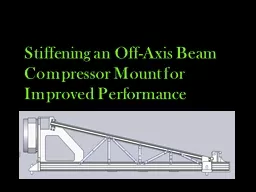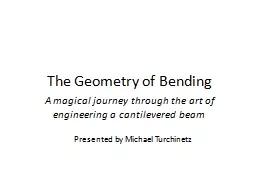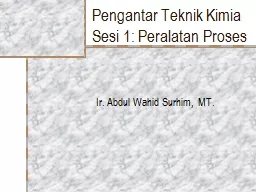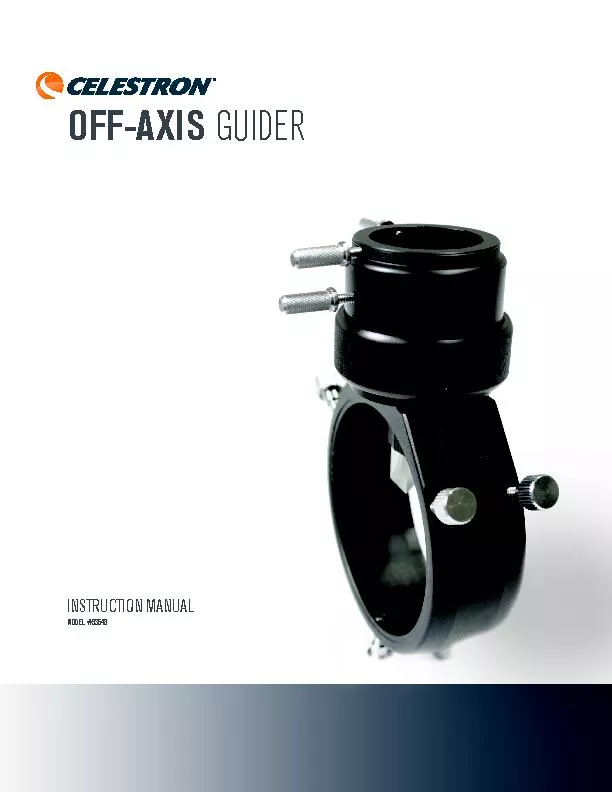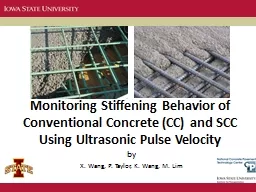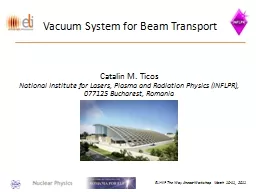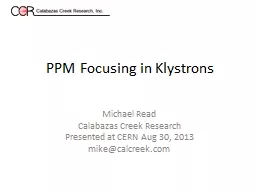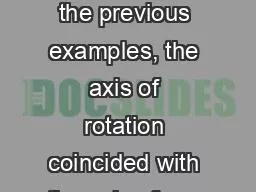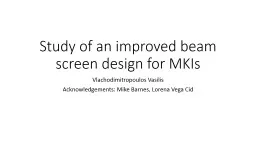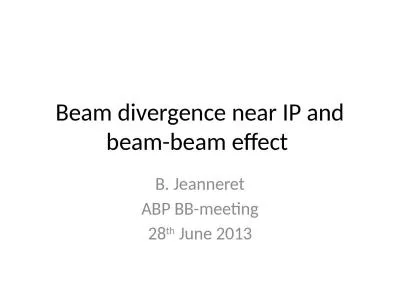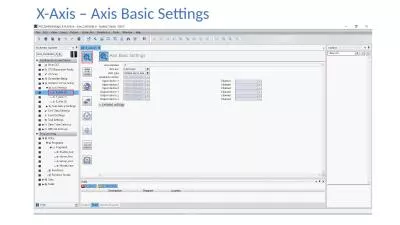PPT-Stiffening an Off-Axis Beam Compressor Mount for Improved P
Author : natalia-silvester | Published Date : 2016-07-20
DSK Engineering Derek Blash Team Leader Faculty Liason Sarah Hoefker Secretary Kyle Latz Finance Officer Client Liason Client Description Navy Prototype Optical
Presentation Embed Code
Download Presentation
Download Presentation The PPT/PDF document "Stiffening an Off-Axis Beam Compressor M..." is the property of its rightful owner. Permission is granted to download and print the materials on this website for personal, non-commercial use only, and to display it on your personal computer provided you do not modify the materials and that you retain all copyright notices contained in the materials. By downloading content from our website, you accept the terms of this agreement.
Stiffening an Off-Axis Beam Compressor Mount for Improved P: Transcript
Download Rules Of Document
"Stiffening an Off-Axis Beam Compressor Mount for Improved P"The content belongs to its owner. You may download and print it for personal use, without modification, and keep all copyright notices. By downloading, you agree to these terms.
Related Documents

